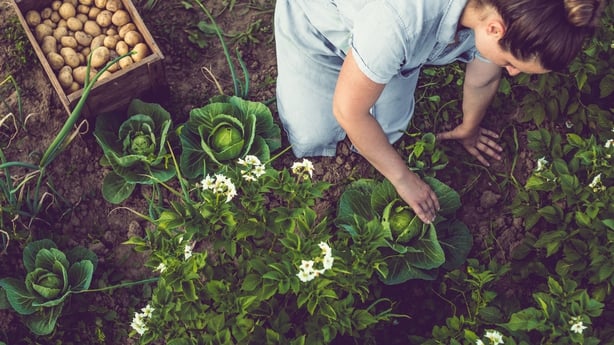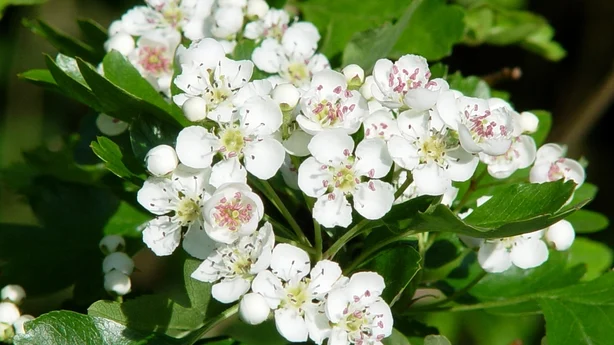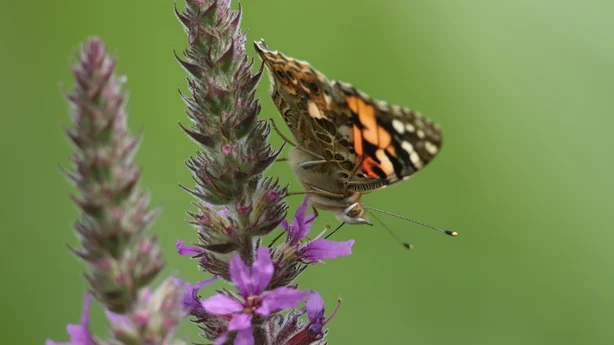For the winning designer it's a launch pad to the premier league of garden design and a chance to show what they can do when their Super Garden is recreated at Bord Bia Bloom and over a hundred thousand visitors will experience their garden.
We caught up with judge Brian Burke to discuss the varied benefits of spending time in nature and how viewers at home can make their own gardens more eco-friendly.
"It seems to get even more popular," Burke says of the long-running show. "The amount of people who mention it to you and just have a huge interest and look forward to it. It's a great marker of spring and the end of winter for people."
"Super Garden is the harbinger of spring and summer," he continues. "It's not just beautification of an outside space, it can provide so much more. There's a huge range of things that plants can do for us."

As well as benefiting our mental health, and making our surroundings beautiful, Burke explains that investing in our gardens can help to restore our native habitats.
"There are plants that can do similar jobs in terms of beautification, but some would be better than others ecologically," he explains. "If you look at perennials, for example, you might have scabious or a wallflower or a digitalis - these are all fabulous pollinators - but it's as easy to make a poor choice as a good one in the garden centre.
"I would urge people, generally, just to try and find out a little bit more about native planting, and plants that are good for insects, that are good pollinators, and that do jobs at each end of the season."

A great example of this, says Brian, is the hawthorn.
"The hawthorn is a native shrub and it's known mostly as a constituent of hedgerows in the country but people are starting to use it now in their gardens as a stand alone specimen. It provides a perfect storm for ecology because in the spring it provides a beautiful flower that provides sustenance for pollinators, then at the tail end of the season, it provides beautiful red berries which birds feed on.
"If we provide sustenance for birds, they spread seeds, the seeds get scattered and naturally propagate," he explains. "Those eco-systems then become established in the new location. It's kind of a self fulfilling cycle of goodness."

According to the Super Garden judge, wildflower mixes are particularly popular with gardeners at the moment, but he insists that the best results will occur when native meadowland species are taken into consideration.
"Things like cornflower, purple-loosestrife, selfheal, lesser celandine - all of these native meadowland floral species have been endangered just because of how we've intensified agriculture over the last number of generations. We've been squeezing out meadowland habitats, so it's up to us to propagate them and help establish them in new locations."
Disclaimer: The copyright of this article belongs to the original author. Reposting this article is solely for the purpose of information dissemination and does not constitute any investment advice. If there is any infringement, please contact us immediately. We will make corrections or deletions as necessary. Thank you.






